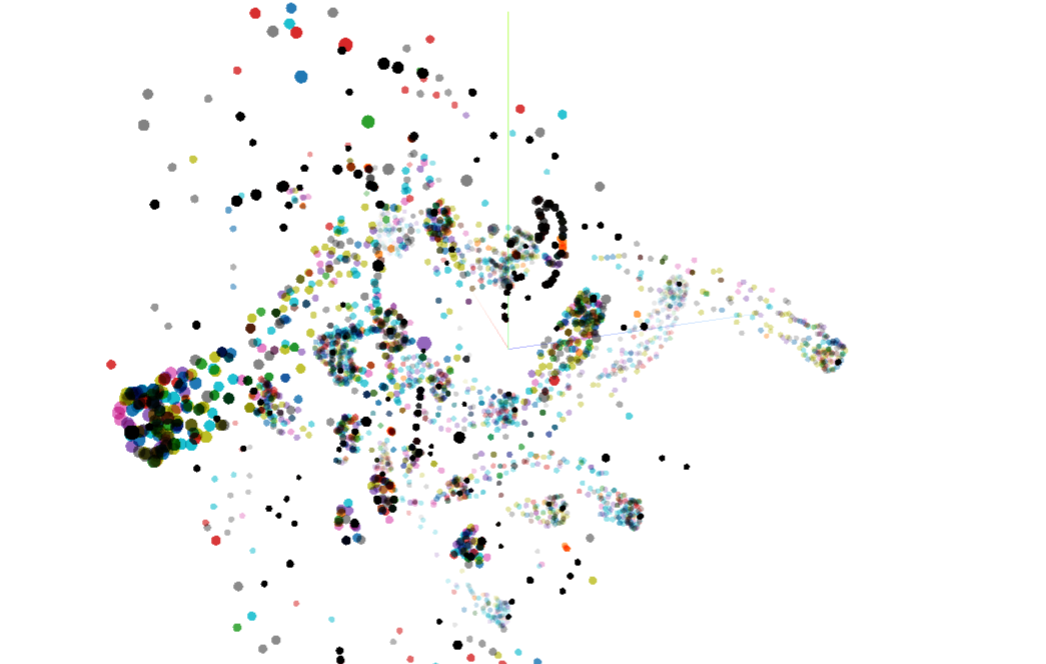The Math of Truth: How Data is Reshaping Journalism

I recently had a conversation with a friend who’s been a reporter for, like, a decade, and he admitted he hadn’t heard of computational journalism. Admittedly, I haven’t either until recently, but I have worked in this field for so long that I found it surprising that it’s not more well known.
When I first heard the term, I had a similar reaction. I thought it was some new form of math reporting, where journalists would spend their days writing about complex equations and algorithms. It’s not that far off, but it’s much more expansive and impactful and helpful to the readers and the reporters themselves. It’s a field that I think has the power to change how we consume information and even how we interact with each other.
In simple terms, computational journalism is the application of computational methods (like algorithms, data science, and machine learning) to the practice of journalism (it’s like the whole foundation of this freaking blog! 🙂). It’s not just about crunching numbers or creating fancy charts; it’s about using these tools to find, analyze, and tell stories in new ways. It’s about leveraging the power of technology to improve the quality, accuracy, and reach of news.
A New Way of Doing Things
The traditional approach to journalism is built on a foundation of human-driven processes. Reporters conduct interviews, sift through documents, and observe events to gather information. While this method remains invaluable, it can be slow, resource intensive, and limited in its ability to handle the sheer volume of information available today.
Computational journalism offers a complementary and assistive approach. By using automated tools, journalists can analyze massive datasets to uncover trends and patterns that would be impossible to see otherwise, like the image at the top, showing a multitude of stories Scale is the word here.
For example, imagine a reporter investigating campaign finance. Instead of manually sifting through thousands of pages of a report, they could use a program to parse the data, identify unusual donations, and flag potential conflicts of interest.

How It Works
So, what does this look like in practice? There are three main areas where computational journalism is making a difference:
- Data-Driven Storytelling: This is probably the most well-known application. Journalists use data visualization tools to create interactive maps, charts, and graphs that help readers understand complex information at a glance. Think of a map showing the spread of a disease or a chart illustrating the rise and fall of unemployment rates over time.
- Automated Fact-Checking: With the rise of misinformation and fake news, the need for quick and accurate fact-checking has never been greater. Computational journalism can help. Algorithms can be trained to identify false or misleading claims in real time by cross-referencing information against a database of verified sources. This can help journalists and platforms quickly flag and remove false information. (this is my area of expertise; though there is still lots to be done)
- Algorithmic Investigation: This is where big data really comes into play. Journalists can use algorithms to analyze social media data, leaked documents, or public records to uncover hidden connections and networks. For instance, an algorithm could analyze the relationships between people on a social network to identify a "bot farm" or a coordinated disinformation campaign.
My Hopes for the Future
I believe that computational journalism is a field that can help us build a more informed society. By using data and algorithms to our advantage, we can not only identify and combat misinformation but also create a more resilient news ecosystem.
We’re living in a time where people throw accusations and misinformation around too easily. It’s an age where everyone has a megaphone, and the truth can get lost in the noise. By studying and understanding the behaviors of misinformation, we can develop new tools and strategies to fight it. We can create systems that not only identify and remove false information but also educate the public on how to spot it themselves. This is about more than just technology; it’s about empowering people to become more critical consumers of information.
The challenge now is to get the word out. We need to encourage more journalists to embrace these new tools and for larger corporations to share their tools and expertise to publishers and reporters.
What are your thoughts on this? Do you think computational journalism can truly help us combat misinformation and create a more reliable news landscape? I'd love to hear your thoughts and experiences in the comments below.
Sources
- The Handbook of Journalism Studies: Computational Journalism
- Columbia: Computational Journalism Course
- A computational journalism reading list
- What is computational journalism? (Columbia Journalism Review)
- Computational Journalism: The Next Frontier in Reporting (Poynter Institute)
- The Rise of Algorithmic Journalism (Nieman Lab)





Comments ()